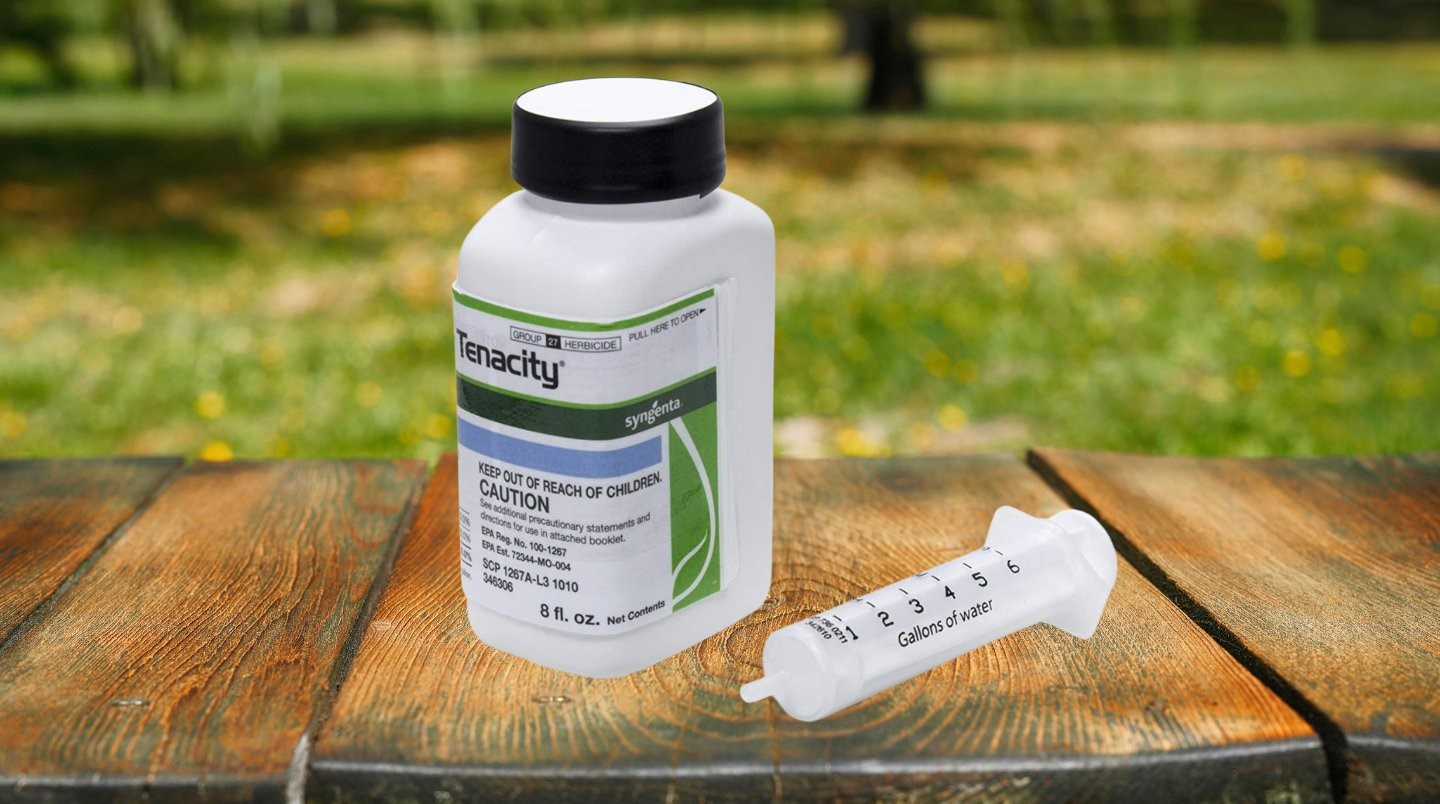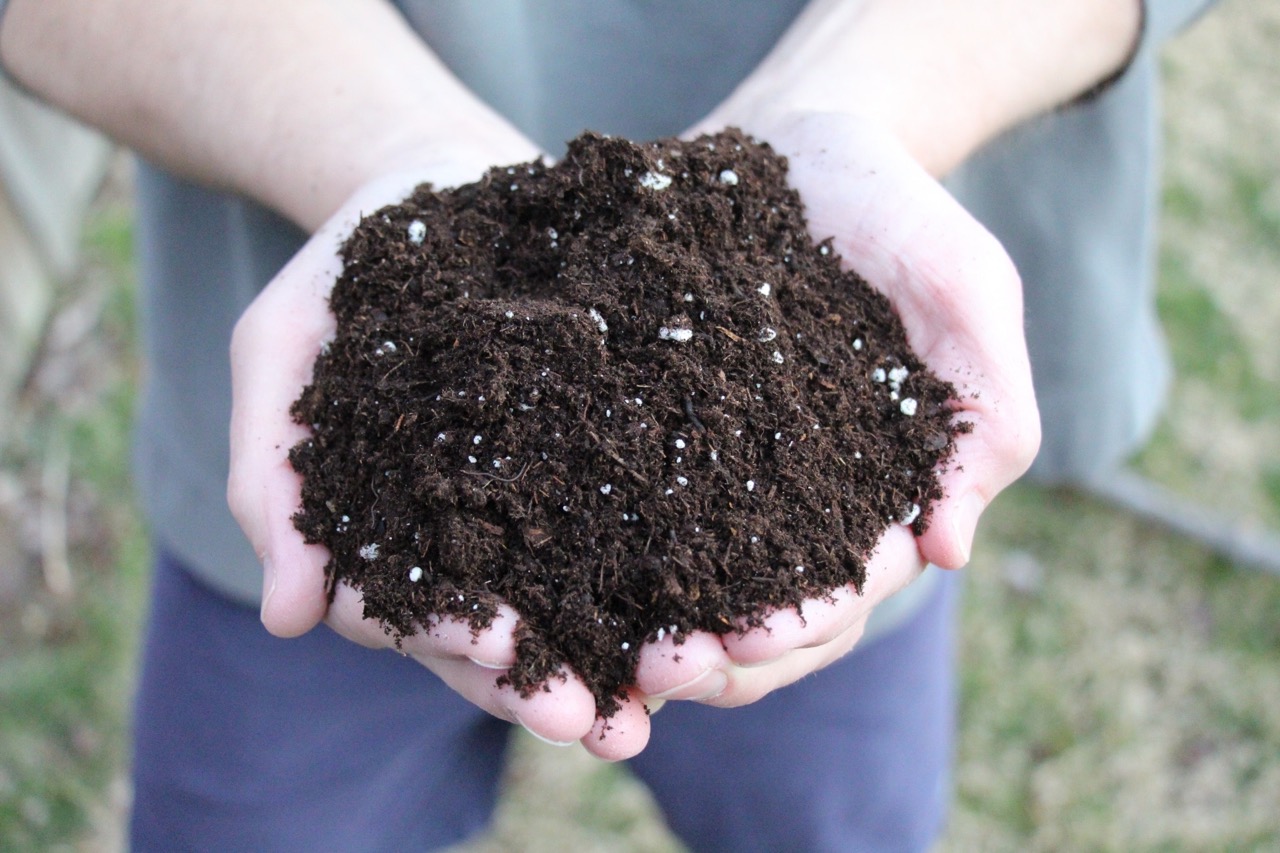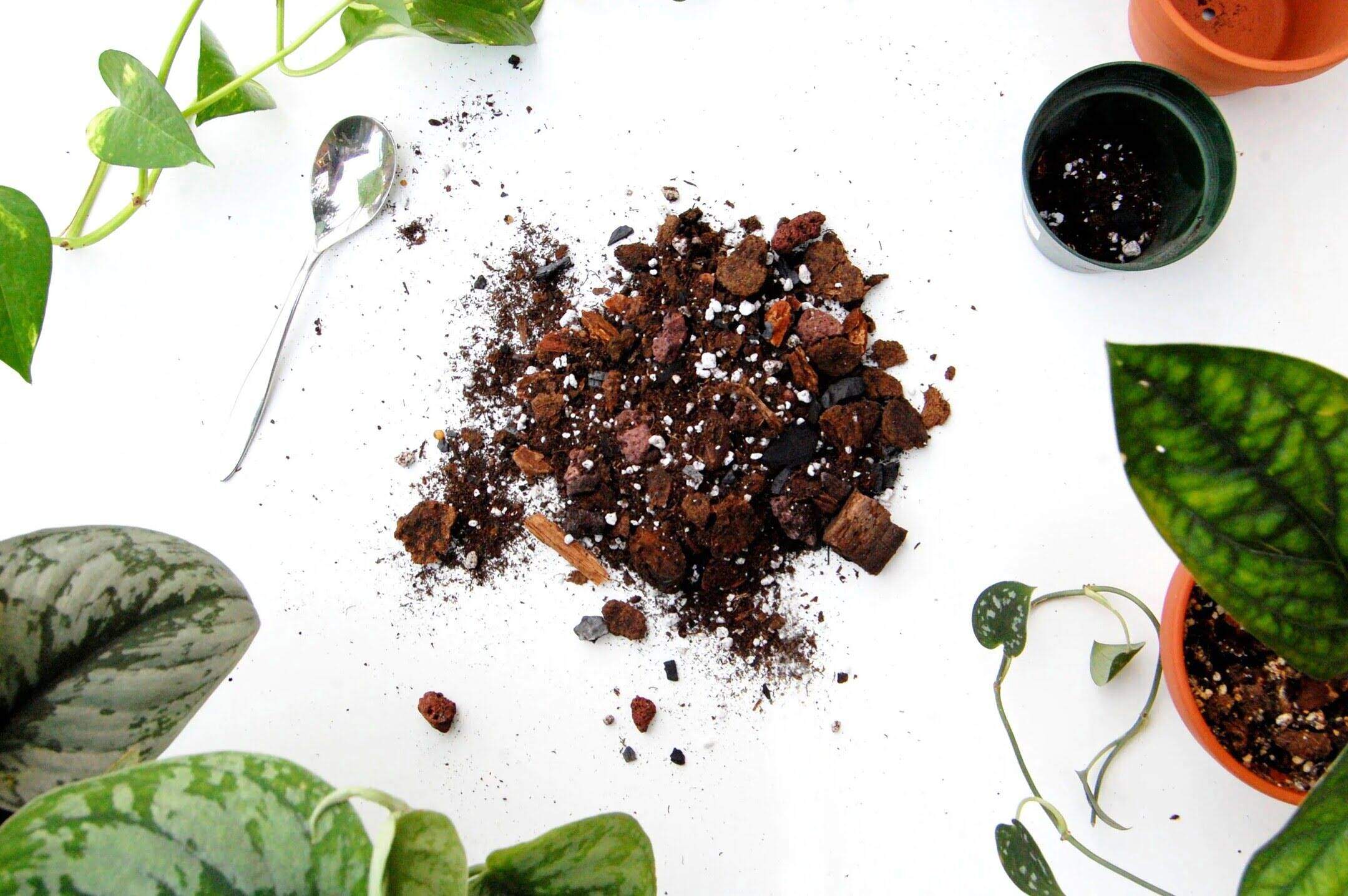Home>Gardening & Outdoor>Landscaping Ideas>How To Mix Tenacity For Lawns


Landscaping Ideas
How To Mix Tenacity For Lawns
Published: December 26, 2023
Learn how to mix tenacity for lawns with our expert landscaping ideas. Get the best tips and techniques for a lush, healthy lawn.
(Many of the links in this article redirect to a specific reviewed product. Your purchase of these products through affiliate links helps to generate commission for Storables.com, at no extra cost. Learn more)
Introduction
Landscaping enthusiasts and homeowners alike understand the importance of maintaining a lush, vibrant lawn. However, pesky weeds can often threaten the beauty of your outdoor space. This is where tenacity herbicide comes into play. Known for its effectiveness in controlling various broadleaf weeds and grasses, tenacity herbicide has become a go-to solution for many individuals seeking to keep their lawns in top condition.
In this comprehensive guide, we will delve into the intricacies of tenacity herbicide, providing you with a complete understanding of its application, mixing instructions, and safety precautions. Whether you are a seasoned landscaper or a novice homeowner looking to elevate your lawn care routine, this article will equip you with the knowledge and insights needed to effectively utilize tenacity herbicide for optimal results.
Let's embark on this journey to unlock the potential of tenacity herbicide and learn how to mix it for your lawn maintenance needs.
Key Takeaways:
- Tenacity herbicide is a versatile solution for controlling weeds in your lawn, offering both pre-emergent and post-emergent capabilities while being safe for your grass.
- When mixing and applying tenacity herbicide, prioritize safety by using protective gear, following precise instructions, and considering environmental impact for a healthy, vibrant lawn.
Read more: How Long After Using Tenacity To Plant Grass
Understanding Tenacity Herbicide
Tenacity herbicide, with its active ingredient mesotrione, has gained widespread popularity due to its broad-spectrum weed control capabilities and selective nature, making it suitable for use on both cool and warm-season turfgrasses. This unique herbicide effectively targets an array of broadleaf weeds such as dandelion, clover, and chickweed, while also providing pre-emergent control of various grassy weeds like crabgrass and nimblewill.
One of the standout features of tenacity herbicide is its ability to be used both as a pre-emergent and post-emergent herbicide, offering flexibility in weed management. When applied as a pre-emergent, it inhibits weed seed germination, while post-emergent applications effectively suppress weed growth by disrupting photosynthesis, ultimately leading to weed death.
Furthermore, tenacity herbicide is renowned for its low toxicity to turfgrasses, allowing for selective weed control without causing harm to desirable grass species when used as directed. Its versatility and safety profile make it a valuable tool for achieving a weed-free, healthy lawn.
By understanding the unique properties and capabilities of tenacity herbicide, you can harness its potential to combat unwanted weeds and promote the overall well-being of your lawn.
Equipment and Materials Needed
Before embarking on the process of mixing tenacity herbicide for your lawn, it is essential to gather the necessary equipment and materials to ensure a smooth and efficient application. Here’s a list of items you will need:
- Tenacity Herbicide: The key component of this process is, of course, the tenacity herbicide itself. Ensure that you have an adequate supply based on the size of the area you intend to treat.
- Sprayer: A high-quality, calibrated sprayer is essential for accurate and uniform application. Consider using a backpack or handheld sprayer with proper nozzle settings for optimal coverage.
- Protective Gear: Prioritize your safety by wearing personal protective equipment, including gloves, goggles, long sleeves, and pants to minimize skin contact and inhalation of the herbicide.
- Measuring Cup or Scale: To achieve the correct herbicide concentration, a measuring cup or scale is necessary for accurate portioning.
- Water: High-quality water free from impurities is crucial for mixing with the herbicide. Ensure access to an adequate amount of water for the application.
- Marker Dye (Optional): For enhanced visual confirmation of sprayed areas, a marker dye can be used to distinguish treated areas from untreated ones.
By assembling these essential tools and materials, you will be well-prepared to proceed with the mixing and application of tenacity herbicide, setting the stage for effective weed control and a thriving lawn.
Mixing Instructions
Accurate mixing of tenacity herbicide is crucial to ensure effective weed control while safeguarding the health of your lawn. Follow these step-by-step instructions to achieve the optimal herbicide concentration for your application:
- Calibrate the Sprayer: Before mixing the herbicide, ensure that your sprayer is properly calibrated to deliver the recommended application rate. This involves determining the volume of water applied over a specific area to achieve the desired coverage.
- Measure Water: Begin by measuring the appropriate amount of water needed for the treatment area. Consult the herbicide label for the recommended water volume based on the target weeds and turfgrass species.
- Add Tenacity Herbicide: Carefully measure the required amount of tenacity herbicide according to the label instructions. It is crucial to adhere to the specified herbicide concentration to avoid under or over-application.
- Mix Thoroughly: Pour the measured herbicide into the sprayer tank containing the pre-measured water. Ensure that the herbicide is evenly distributed by agitating the mixture or using a mechanical agitator if available. Thorough mixing is essential to achieve a uniform solution.
- Optional: Add Marker Dye: If desired, incorporate a marker dye into the herbicide solution to enhance visibility and delineate the treated areas effectively. This step is particularly useful when dealing with large or complex landscapes.
- Re-Cap and Shake: Secure the sprayer tank’s cap and shake it gently to ensure proper dispersion of the herbicide and any additional additives, such as marker dye. This final step helps maintain a consistent mixture throughout the application process.
By meticulously following these mixing instructions, you can prepare a well-balanced herbicide solution, setting the stage for precise and effective application to combat unwanted weeds and promote the health of your lawn.
When mixing Tenacity for lawns, use a surfactant to help the herbicide stick to the leaves. Follow the label instructions carefully for the correct mixing ratio.
Application Tips
Applying tenacity herbicide with precision and care is essential to maximize its efficacy while minimizing potential risks. Here are some valuable tips to consider when applying tenacity herbicide to your lawn:
- Timing is Key: Plan your herbicide application based on the target weeds’ growth stage and the environmental conditions. For post-emergent control, target young, actively growing weeds for optimal results.
- Weather Considerations: Choose a calm day with minimal wind to prevent herbicide drift and ensure uniform coverage. Avoid application during extreme temperatures or when rain is imminent to maintain the herbicide’s effectiveness.
- Uniform Coverage: Walk at a steady pace while spraying to achieve consistent coverage. Overlapping each pass slightly can help prevent gaps and ensure that the entire treatment area receives the herbicide solution.
- Minimize Drift: Adjust the sprayer nozzle to produce coarse droplets and position it at the appropriate height above the target area to minimize drift. This helps direct the herbicide onto the intended surface without affecting non-target plants.
- Post-Application Watering: After the herbicide has dried on the foliage, consider light irrigation to activate the herbicide and enhance its absorption by the target weeds. Follow the label recommendations regarding post-application watering for optimal results.
- Observe Re-Application Intervals: Depending on the severity of weed infestation and the herbicide’s residual activity, adhere to the recommended re-application intervals to maintain effective weed control and promote a healthy lawn.
By adhering to these application tips, you can execute a successful tenacity herbicide application, effectively managing weeds while nurturing a flourishing lawn environment.
Read more: How To Mix And Match Throw Pillows
Safety Precautions
Prioritizing safety when handling and applying tenacity herbicide is paramount to safeguarding both personal well-being and the surrounding environment. Adhering to essential safety precautions ensures responsible herbicide usage and minimizes potential risks. Here are critical safety measures to consider:
- Protective Gear: Wear appropriate personal protective equipment, including chemical-resistant gloves, protective eyewear, long-sleeved clothing, and closed-toe shoes, to minimize skin contact and prevent accidental exposure.
- Read the Label: Thoroughly review the herbicide label for specific safety instructions, application rates, and environmental precautions. Adhere to the manufacturer’s recommendations to mitigate potential hazards effectively.
- Avoid Contamination: Prevent herbicide contamination of water sources, including ponds, streams, and wells, by maintaining a safe distance from these areas during application. Exercise caution to prevent accidental spills or runoff into aquatic environments.
- Proper Storage: Store tenacity herbicide in its original, tightly sealed container in a secure location away from children, pets, and food items. Follow storage guidelines to prevent accidental exposure and environmental contamination.
- Dispose of Excess Herbicide Safely: Dispose of any unused herbicide or empty containers in accordance with local regulations. Avoid improper disposal methods that may harm the environment or pose risks to human and animal health.
- Applicator Safety: Exercise caution when handling and mixing herbicide solutions, and avoid direct inhalation of herbicide fumes. Maintain proper ventilation in the mixing area and handle the herbicide with care to prevent accidental spills or splashes.
- Post-Application Precautions: Restrict access to treated areas until the herbicide has dried to minimize the risk of unintended exposure. Communicate the application schedule to household members, visitors, and pets to ensure their safety.
By diligently observing these safety precautions, you can confidently and responsibly utilize tenacity herbicide while prioritizing the well-being of yourself, your loved ones, and the environment.
Conclusion
As we conclude this comprehensive guide on mixing tenacity herbicide for your lawn, it’s evident that this powerful herbicide offers a valuable solution for controlling broadleaf weeds and grasses while maintaining the health and vibrancy of your turfgrass. By understanding the unique properties of tenacity herbicide and following the recommended mixing and application practices, you can effectively combat unwanted weeds and elevate the overall appearance of your lawn.
Equipped with the knowledge of proper equipment and materials, meticulous mixing instructions, and essential safety precautions, you are well-prepared to embark on your journey to a weed-free, thriving lawn environment. The application tips provided will further enhance your ability to execute precise and effective herbicide treatments, ensuring optimal results and minimal environmental impact.
It is crucial to emphasize the significance of responsible herbicide usage, including adherence to safety measures, proper storage, and disposal practices. By incorporating these considerations into your lawn care routine, you contribute to a safer and healthier outdoor space for your family and the community at large.
As you venture into the realm of lawn maintenance and weed control, remember that the successful utilization of tenacity herbicide is not only about achieving a visually appealing lawn but also about fostering a sustainable and eco-friendly approach to landscaping. By integrating the insights from this guide into your lawn care practices, you can cultivate a lush, weed-free outdoor oasis that enhances the beauty and enjoyment of your property.
With a commitment to informed and responsible herbicide application, you are poised to elevate the health and aesthetics of your lawn, creating an inviting and harmonious outdoor environment for relaxation, recreation, and appreciation of nature’s beauty.
Frequently Asked Questions about How To Mix Tenacity For Lawns
Was this page helpful?
At Storables.com, we guarantee accurate and reliable information. Our content, validated by Expert Board Contributors, is crafted following stringent Editorial Policies. We're committed to providing you with well-researched, expert-backed insights for all your informational needs.















0 thoughts on “How To Mix Tenacity For Lawns”